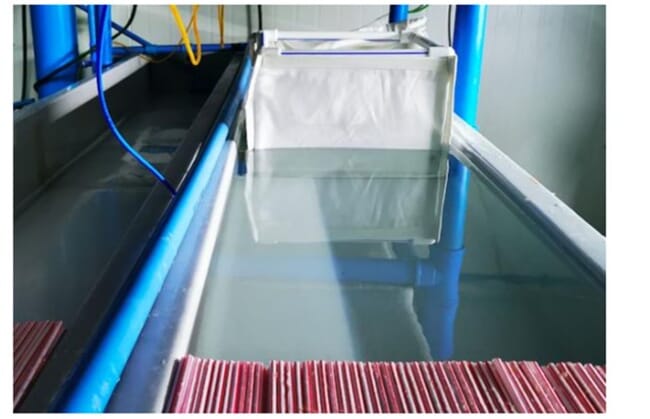The Huenquillahue research centre in Mowi Chile has been testing materials for new lice skirts for its salmon pens. The trials focused on the ability of Garware fibres to retain the larvae of Caligus rogercresseyi, a sea lice species, and act as a mechanical barrier between the farmed fish and damaging parasites.

The research team tested the Garware mesh by forcing water flow and adding the Caligus larvae when they were in the nauplius stage (I to II) and juvenile stage (III to V). The team tested the skirting material's ability to retain the larvae and estimated the number of larvae that came in contact with salmon in the net pens. They concluded that the Garware pens were effective in preventing infestations of Caligus and could serve as a non-medicinal method for sea lice control.
Key results
The team, working with Austral University, found that the lice skirts acted as a physical barrier and blocked 99.6 percent of larvae in the Nauplii stage (stage I and II of development) and 99.7 percent of larvae in the copepod stage (stage III to V of development) from entering the cage.
They recommend using the latest generation Garware X12 fabric as this prevented the lice from entering the fish pen while also allowing good water flow in medium current speeds. This will allow salmon producers to maintain dissolved oxygen levels in net pens during the farm cycle.
The results from this study are promising as the lice skirts could reduce the use of of environmentally-damaging medicinal treatments, making Chile's aquaculture industry more sustainable.




